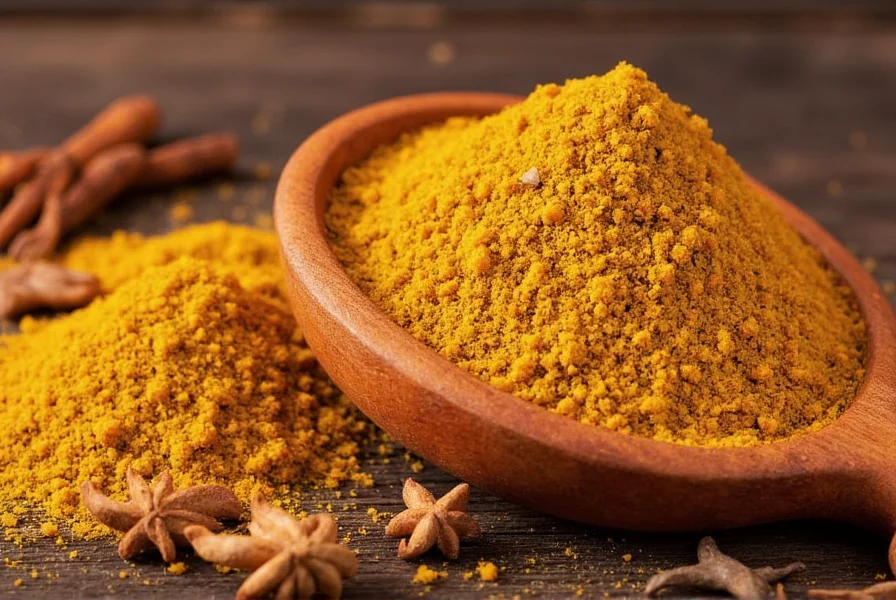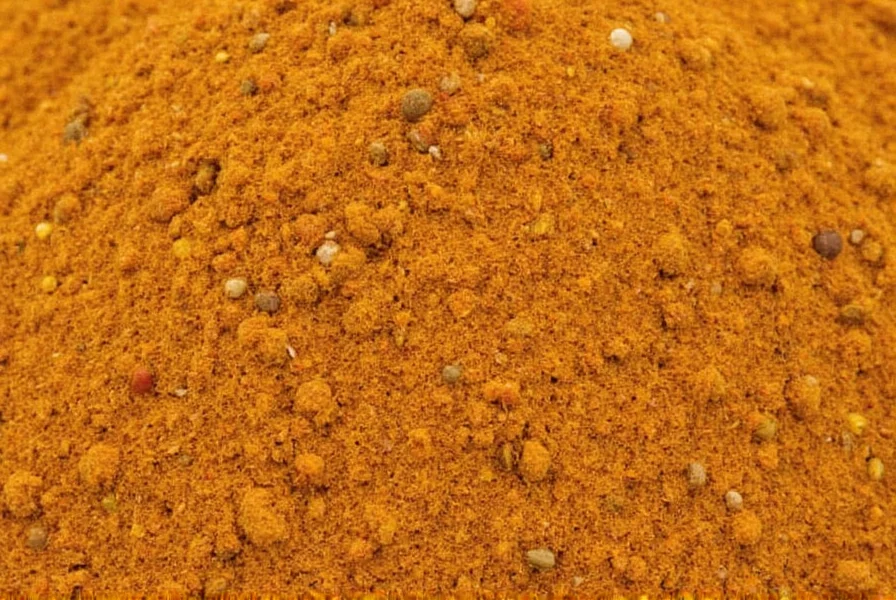When exploring where curry spice comes from, it's essential to understand the distinction between authentic South Asian cooking traditions and the Western concept of 'curry powder.' The term 'curry' itself doesn't exist in Indian languages but was coined by British colonists to describe the wide variety of spiced dishes they encountered across the Indian subcontinent.
The Historical Roots of Curry Spices
The spice traditions that form the foundation of what Westerners call 'curry' date back over 4,000 years in the Indian subcontinent. Archaeological evidence from the Indus Valley Civilization shows early use of turmeric, ginger, and garlic. Ancient Indian texts like the Charaka Samhita (circa 100 BCE) document sophisticated knowledge of spice properties and combinations.
What many don't realize is that traditional Indian cooking doesn't use pre-mixed 'curry powder.' Instead, cooks create fresh blends for each dish, varying by region, season, and occasion. The concept of a standardized 'curry powder' emerged during British colonial rule in India (1600s-1947), when British traders and officials sought a convenient way to replicate Indian flavors back home.

Geographical Origins of Key Curry Spices
The individual spices that form curry blends have diverse geographical origins across South Asia and beyond:
| Spice | Primary Origin Region | Historical Significance |
|---|---|---|
| Turmeric | Indian subcontinent | Used for over 4,000 years in Ayurvedic medicine and cooking; gives curry its characteristic yellow color |
| Coriander | Mediterranean & Middle East | Traded to India by 2000 BCE; both seeds and fresh leaves used in regional curry variations |
| Cumin | Eastern Mediterranean | Integral to North Indian garam masala blends; mentioned in ancient Egyptian texts |
| Chili Peppers | Central/South America | Introduced to India by Portuguese traders in 16th century; revolutionized regional spice profiles |
| Fenugreek | Southwest Asia | Used in South Indian sambar powder; documented in ancient Egyptian and Babylonian records |
Curry Powder: A Western Adaptation
The pre-mixed curry powder familiar in Western kitchens was largely developed in the 18th and 19th centuries. British colonists, unable to replicate the complexity of regional Indian spice blends, created simplified versions for convenience. By the Victorian era, commercial curry powders like Crosse & Blackwell's (introduced in 1780) became popular in England.
This historical context explains why the question 'where does curry spice come from' requires nuanced understanding. Authentic Indian cooking features hundreds of regional spice combinations—such as South India's sambar powder, North India's garam masala, and Bengal's panch phoron—none of which correspond directly to Western 'curry powder.'
Regional Variations Across South Asia
The diversity of spice traditions across the Indian subcontinent reveals why 'curry' is an oversimplification:
- South India: Features coconut-based curries with mustard seeds, curry leaves, and tamarind
- North India: Uses yogurt and cream with complex spice blends like garam masala
- East India: Incorporates panch phoron (five-spice blend) with nigella and fenugreek
- West India: Features coconut and peanut-based spice mixes in coastal regions
Each region's spice profile developed based on local climate, available ingredients, and cultural influences. The British colonial experience primarily encountered North Indian Mughlai cuisine, which influenced the Western perception of 'curry.'
Global Evolution of Curry Spices
As curry concepts spread globally, they evolved into distinct regional interpretations:
- Thai Curry: Uses fresh herbs, galangal, and kaffir lime leaves in coconut milk bases
- Japanese Curry: Thick, sweet stew-like preparation introduced via British Royal Navy
- Jamaican Curry: Features allspice and Scotch bonnet peppers alongside traditional spices
- Sri Lankan Curry: Distinctive use of roasted curry powder and pandan leaves
Creating Authentic Curry Flavors Today
For those exploring the true origins of curry spice, understanding traditional preparation methods offers deeper insight than relying on pre-mixed powders. Authentic Indian cooks typically:
- Toast whole spices before grinding to release essential oils
- Adjust spice ratios based on seasonal availability and regional traditions
- Combine spices at different cooking stages for layered flavor development
- Use fresh ingredients like ginger, garlic, and green chilies as flavor bases
When examining where curry spice comes from historically, it's clear that the most authentic approach involves understanding regional Indian cooking techniques rather than relying on the simplified 'curry powder' concept. This knowledge helps home cooks appreciate the rich culinary heritage behind what many consider a single, standardized spice blend.
Frequently Asked Questions
Is curry powder originally from India?
No, pre-mixed curry powder as commonly sold in Western markets was developed by British colonists in the 18th century. Traditional Indian cooking uses freshly ground spice blends specific to each dish and region, not a standardized 'curry powder.'
What's the difference between curry powder and garam masala?
Curry powder is a Western creation typically containing turmeric (giving it yellow color), while garam masala is a traditional North Indian blend without turmeric, featuring warming spices like cardamom, cinnamon, and cloves. Garam masala is usually added at the end of cooking, whereas curry powder is often used as a base.
Why doesn't India have 'curry powder'?
The term 'curry' doesn't exist in Indian languages—it's a British colonial term. Indian cooks traditionally create fresh spice blends for each dish based on regional traditions, season, and occasion. Pre-mixed powders would compromise the freshness and specificity that define authentic Indian cuisine.
What are the essential spices in traditional curry blends?
The core spices vary by region but typically include turmeric, coriander, cumin, and chili. South Indian blends often feature mustard seeds and curry leaves, while North Indian blends emphasize cardamom and cloves. Unlike Western curry powder, authentic blends rarely contain turmeric as the dominant spice.
How did chili peppers become part of curry spices?
Chili peppers originated in the Americas and were introduced to India by Portuguese traders in the 16th century. They quickly integrated into Indian cuisine, replacing black pepper in many regional spice blends and becoming essential to what we now recognize as 'curry' flavors, despite being a relatively recent addition to the subcontinent's culinary tradition.











 浙公网安备
33010002000092号
浙公网安备
33010002000092号 浙B2-20120091-4
浙B2-20120091-4